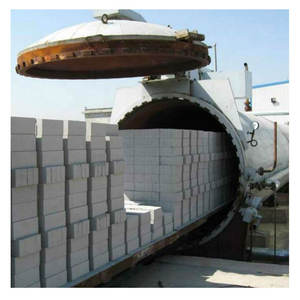Admixture Anatomy: Unraveling the Ingredients of Concrete Parameter
(Admixture Anatomy: Unraveling the Ingredients of Concrete)
Concrete, the pillar of modern construction, is a composite material made from a mixture of water, cement, aggregates, and admixtures. The admixtures, often overlooked, play a pivotal role in enhancing the properties of concrete, making it versatile for various applications. This article aims to delve into the anatomy of these admixtures, understanding their components and how they contribute to the overall performance of concrete.
Firstly, among the most common admixtures are superplasticizers. These substances increase the workability of concrete without significantly altering its composition. By reducing the water content required for the same level of consistency, superplasticizers not only improve the flowability of concrete but also enhance its strength and durability, making it ideal for high-rise buildings and complex structures.
Another crucial category of admixtures includes air-entraining admixtures. These additives introduce tiny air bubbles into the concrete mix during the batching process. The presence of these air pockets serves as a thermal insulator, protecting the concrete against thermal shock and freezing damage, particularly in colder climates or when used in freeze-resistant applications.
Chemical admixtures, such as curing compounds and retarders, also play a significant role. Curing compounds, for instance, help in maintaining the hydration process of cement, ensuring that the concrete reaches its maximum strength potential. Retarders, on the other hand, slow down the initial setting time of concrete, providing more workability time for construction workers and enabling better control over the placement and finishing processes.
Furthermore, waterproofing admixtures are indispensable in constructing structures exposed to water, such as dams, bridges, and coastal buildings. These admixtures incorporate chemical substances that form a barrier within the concrete matrix, preventing water penetration and thus safeguarding the structure from moisture-related damages.
Lastly, there are self-healing admixtures, which contain microcapsules filled with materials capable of reacting with water and producing calcium carbonate or other substances that fill cracks and repair the concrete structure. This innovation not only extends the lifespan of the concrete but also reduces maintenance costs by addressing minor damages proactively.
(Admixture Anatomy: Unraveling the Ingredients of Concrete)
In conclusion, admixtures are integral components of concrete, contributing significantly to its quality and performance. Through the strategic use of these ingredients, engineers can tailor concrete to meet specific requirements, whether it’s increased strength, enhanced durability, improved workability, or protection against environmental factors. As such, the careful selection and application of admixtures are key to achieving optimal results in construction projects.
Inquiry us
if you want to want to know more, please feel free to contact us. (nanotrun@yahoo.com)

